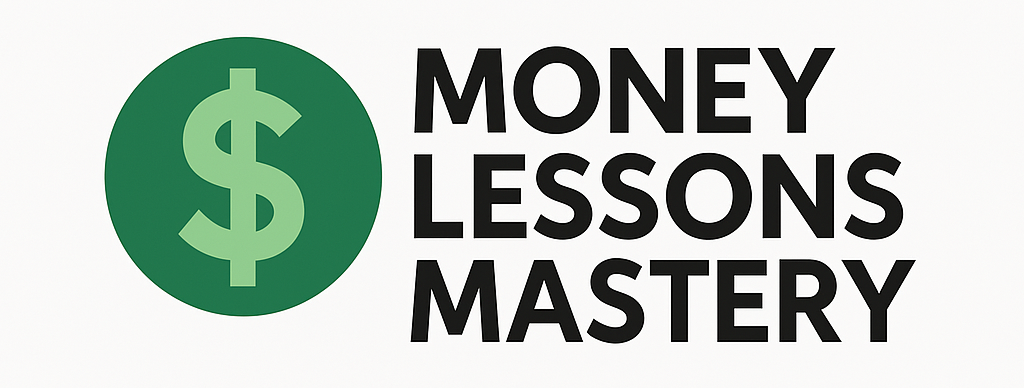Making wise financial decisions doesn’t always mean choosing the cheapest option. In fact, evaluating the quality of a product or service compared to its price can lead to long-term savings and better satisfaction. By learning how to assess the true value of your purchases, you can stretch your dollars further and avoid costly mistakes.
1. Understand the Difference Between Quality and Price
It’s easy to assume that a more expensive item is better—but that’s not always the case. Price reflects what you pay, while quality reflects what you get. A $200 pair of shoes may offer superior materials and longevity compared to a $40 pair that wears out quickly.
To evaluate value effectively:
- Research Products: Read reviews, watch comparison videos, or look for trusted certifications.
- Assess Lifespan: Consider how long the item is expected to last with normal use.
- Calculate Cost Per Use: Divide the price by the number of times you’ll use it to see if it’s worth the cost.
2. Invest in Durability
Some items are worth spending more on because they offer better longevity, performance, or efficiency. These purchases often save you money over time by reducing the need for replacement.
Good examples of smart investments include:
- Appliances: Reputable brands may cost more upfront but tend to last longer and use less energy.
- Footwear and Clothing: High-quality pieces may maintain their condition better and offer more comfort.
- Tools and Equipment: Serious DIYers or professionals benefit from gear that stands up to frequent use.
3. Know When to Go Bargain Hunting
While some products are worth splurging on, others don’t require top-tier quality. Knowing when it’s okay to buy cheaper alternatives can help keep your budget in check.
Items to consider buying at lower prices:
- Trendy Fashion: For fast-changing styles, budget-friendly options can meet your needs.
- Simple Household Goods: Everyday items like paper towels or storage containers don’t need to be high-end.
- Kids’ Items: Since children outgrow clothes and toys quickly, less expensive options may be more practical.
4. Consider the Long-Term Impact
Every purchase decision should reflect both current needs and future consequences. In some cases, low-quality buys can lead to additional costs due to repairs, replacements, or dissatisfaction.
Before buying, ask yourself:
- How long will I use this?
- Can I afford to replace it sooner if it’s low quality?
- Is there a better-reviewed option within my budget?
Thinking ahead can prevent buying twice—or regretting the purchase.
5. Balance Brand and Value
Brand names can sometimes offer you peace of mind and better service, but not always. It’s important to look beyond the label and examine what you’re really getting for your money.
Don’t be swayed by the name alone:
- Compare features, warranties, and return policies.
- Look for lesser-known brands with strong customer satisfaction ratings.
- Take advantage of price match guarantees and loyalty discounts when available.
Final Thoughts
In personal finance, smart spending isn’t just about choosing the lowest price—it’s about finding the best balance of quality and cost for your situation. By taking the time to compare options, think ahead, and prioritize value over price, you’ll make more confident purchases that benefit both your wallet and your lifestyle.
